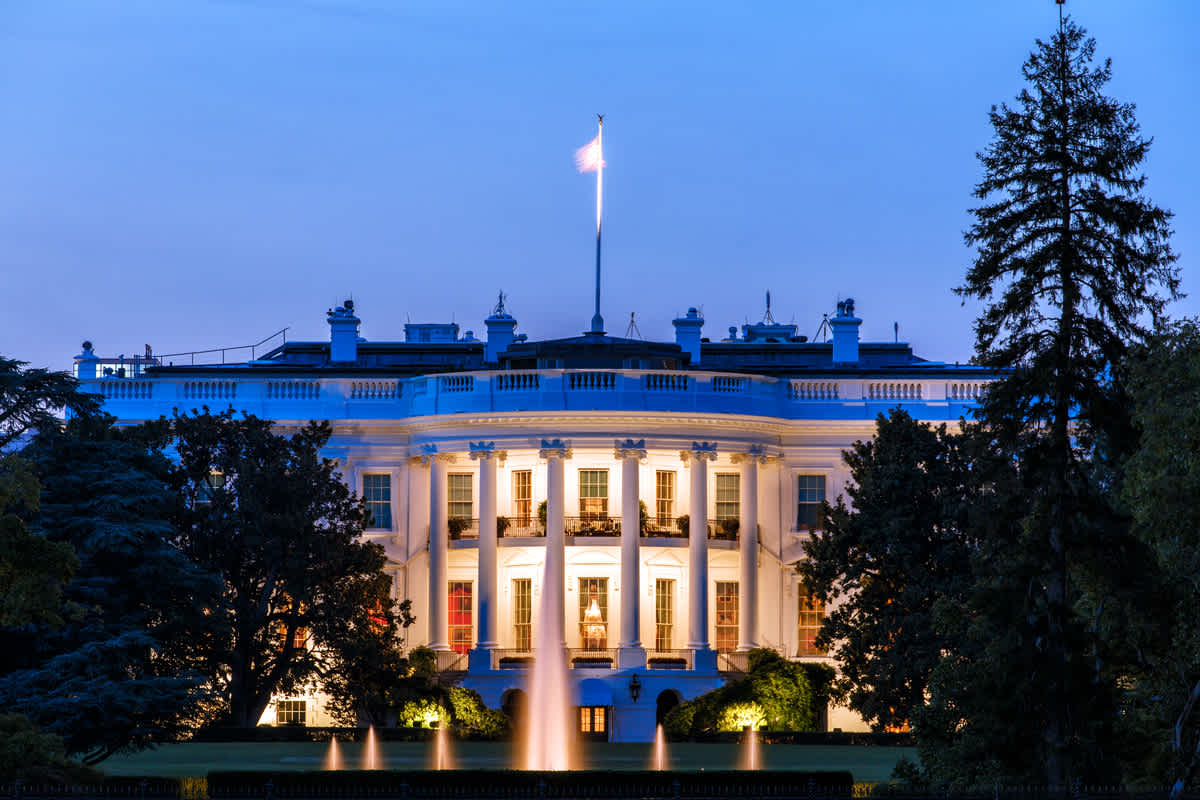
April 23, 2025
Mitigating Tariff Impacts with Bonded Warehouses and Foreign Trade Zones (FTZs)
With U.S. tariff policies evolving faster than ever, businesses are scrambling to minimize new costs and disruptions to their supply chains. For some, bonded warehouses and foreign trade zones (FTZs) can help—specifically when it comes to storing inventory and delaying tariff payments.
Bonded warehouses and foreign trade zones both allow importers to defer duties until they choose to withdraw their goods. One critical difference: in class 3 bonded warehouses, the duty rate is based on the date of withdrawal; in foreign trade zones, the duty rate is generally based on the date of admission into the zone.
Given that tariffs may be reduced under a future trade agreement, many businesses are looking to bonded warehouses as a tariff mitigation strategy. Flexport partners with a number of third-party providers to equip customers with class 3 bonded warehouse space. These solutions are already available in several markets, with more locations expected to launch in the near future.
Flexport also runs two FTZ warehouses—one in Chicago, and another in Los Angeles. Our FTZ warehouses can admit and release goods, as well as provide long-term or indefinite storage. They will not handle any kitting, manufacturing, or exportation out of the zones.
In an unpredictable trade environment, these strategies give importers time and flexibility to minimize short-term disruptions, develop a long-term action plan, and unlock working capital while waiting for potential tariff cuts or eliminations.
Now, let’s take a closer look at each strategy.
Bonded Warehouses: Benefits and Limitations
A bonded warehouse is a secured area to store, clean, repack, or manipulate (but not manufacture) imported merchandise without payment of duty for up to five years from the date of importation.
There are ten different bonded warehouse classes. Here, we’ll cover guidance on class 3 bonded warehouses.
A class 3 bonded warehouse allows:
- Admission into a bonded facility to defer the applicable duty rate until the time of withdrawal
- Export of merchandise without paying duty
- Cleaning, sorting, or repacking
- Waste or destroyed goods within the warehouse
- Changes to the actual owner (IOR) prior to the time of withdrawal
Note that the rate of duty is not determined, nor is the duty collected, until the time of withdrawal.
Class 3 bonded warehouse limitations include:
- No domestic goods, explosives, or perishables
- No goods manufacturing within the warehouse
- No transfers from foreign trade zones (if in privileged or zone-restricted status)
- Only full manifest units—cartons-level, pallet-level—may be withdrawn (i.e., a shipment entered into the class 3 facility must be withdrawn in its entirety)
- Some merchandise might be eligible for a Customs Form 3499—i.e., an application to manipulate, examine, sample, or transfer goods—under 19 CFR 19.11
- “Last Withdrawal” packet must be submitted to U.S. Customs and Border Protection (CBP) by the IOR or warehouse proprietor after the final withdrawal of an entry
- Five-year limit
Foreign Trade Zones: Benefits and Limitations
Foreign trade zones are secure areas under CBP’s supervision that are generally considered outside CBP territory. Note that other government agencies have jurisdiction over items in FTZs on U.S. soil.
In general, foreign trade zones are more flexible than bonded warehouses when it comes to adjusting duty limits and processing.
Foreign trade zones allow:
- Duty collection only when the merchandise is removed from the zone for consumption
- The importer to export the merchandise without paying duty
- Merchandise to remain in the zone indefinitely
- SKU-by-SKU withdrawals
- Domestic goods
- Kitting (not changing HTS)
- Manufacturing (changing HTS) in some zones
- Under normal circumstances, selection of the duty rate you want to apply to your product
- Privileged Foreign Status (PF) means that the duty rate paid at withdrawal is set when the goods were first admitted into the zone
- Non-Privileged Foreign Status (NPF) means that the duty rate paid at withdrawal is set when the goods are withdrawn from the zone
Many recent tariff actions have limited NPF applicability. Products subject to the following tariffs must be admitted into the zone under PF status:
- Reciprocal tariffs on goods admitted into a foreign trade zone on or after 12:01 a.m. ET on April 9, 2025
- IEEPA tariffs on Chinese goods, excluding critical minerals, admitted into a foreign trade zone on or after 12:01 a.m. ET on February 4, 2025
- Section 232 steel tariffs on goods admitted into a foreign trade zone on or after 12:01 a.m. ET on March 12, 2025
- Section 232 aluminum tariffs on goods admitted into a foreign trade zone on or after the Commerce certification date, in accordance with clause 9
Effectively, FTZs cannot offer duty savings on goods that aren’t already in a zone. In such situations, FTZs can only help delay duty payments or serve as a place to store goods before exporting from the United States.
Getting Started with Class 3 Bonded Storage and FTZs
Flexport works with third-party partners to provide class 3 storage in several markets. These solutions are already live, with more locations expected to launch in the near future. Additionally, Flexport has active FTZs in Chicago and Los Angeles.
Interested in learning more about either strategy? Please reach out to your account manager, or contact us at amer.isdr@flexport.com.
Related content
![White House GettyImages-603224136 (1)]()
Blog
What President Trump’s 2024 U.S. Election Win Means for Global Trade and International Supply Chains
![GettyImages-94467555 (1)]()
Blog
The Future of Ocean Carrier Alliances: How Network Redesigns Will Transform The Global Ocean Freight Market in 2025






